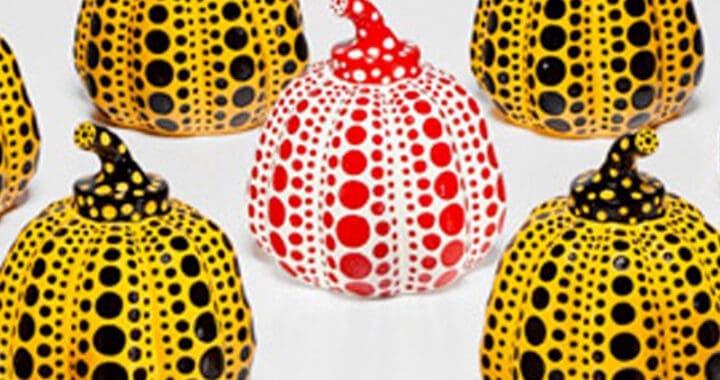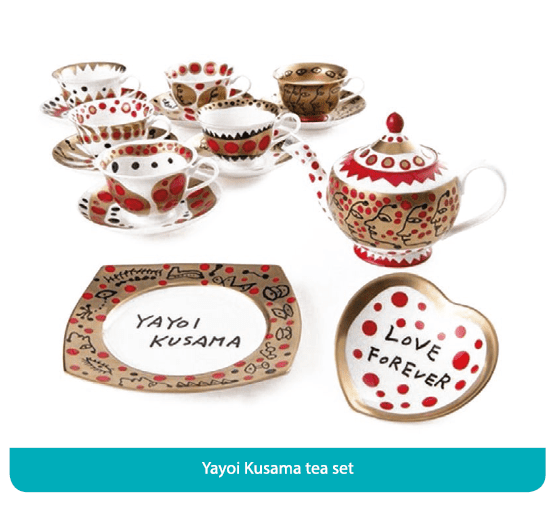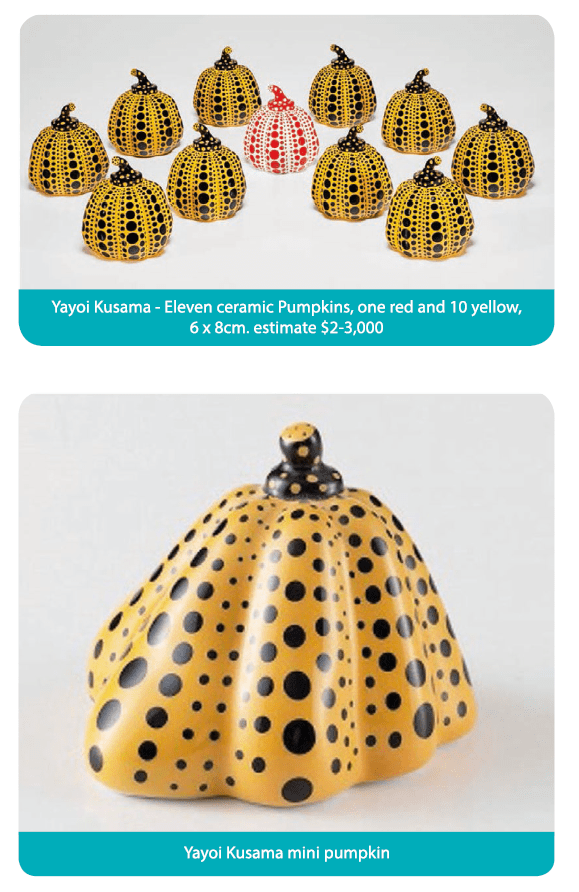We all know at this time of year Santa is extremely busy, up against a very tight deadline. I’ve not come across Santa myself, but in my imagination, he surely must be wearing a pocket watch so he can keep on top of his schedule and targets in good time. And let’s not forget he has a lot to do in just 24 hours so time is of the essence.
In my mind, the pocket watch is mounted in yellow gold, with delicate floral chasing. Chasing is a technique where the jeweller outlines a design by pushing back the gold around the edges to define the motif. I would imagine the watch to be old, dating from the late 19th century, and so it would also be decorated with some guilloché enamel, perhaps blue or pink; Santa is dapper and I am sure he appreciates a touch of colour outside of his red and white suit. Guilloché is one of my favourite techniques of applying enamel. It creates all sorts of highly elaborate patterns which adds elegance to any piece of jewellery. Perhaps the watch has both pink and blue enamel: a pink guilloché enamel bezel overlaid with blue enamelled Arabic numerals. The hands would be discreet, also made of gold. It is most likely suspended by a fine pinchbeck chain, terminating in a barrel clasp decorated with turquoise cabochons.

Pinchbeck chains are named after an 18th century London clockmaker, who used a combination of copper and zinc to make it resemble gold. Gold only came in 18ct at the time and was expensive. This new technique allowed people to purchase gold-like jewellery.
The pocket watch might look something like this:

To the reverse, the pocket watch would enclose a photograph of his wife Mary.
Santa probably has family heirlooms too such as a signet ring set with a stone. That stone could be lapis lazuli (blue with specks of “gold” pyrite), onyx (black) or carnelian (red) for example. The ring could be set with a carnelian intaglio mounted in gold. Intaglio is the technique of carving into the stone to depict a portrait for example. Santa’s intaglio would be carved with a cherub to represent all the children of the world.

He most likely also has another signet ring set with a bloodstone: green jasper with specks of red hematite, the stone of courage. It is engraved with his initials “SC”, the motto “No child to far to reach” and a family crest depicting his reindeers and helpers. Santa can then seal all his letters, replying to the children who have written to him throughout the year.

Santa also wears cufflinks under his red suit. One might be able to get a glance at them when he is in his workshop perhaps, when he is not wearing his red jacket. The cufflinks are by Cartier, from the Santos line. They are square plaques set with malachite, a green stone, set in palladium. They are chic and timeless, Cartier’s signature.

I believe Santa also wears a necklace, a gold box chain.

It suspends the very important keys to his sleigh but also several small pendants which represent all the faiths of the world, throughout time.
Lastly, I think Santa wears a bracelet symbolising his reindeers. It is of chevron design, mounted in rubber and silver. Here an example of what it might look like by David Yurman.

It echoes ancient jewellery that used strands of braided human hair set as bracelets.

The same technique was used with elephant hair.

These are the jewels I imagine Santa to be wearing, but I’m sure whatever he wears he looks dashing! Here’s hoping I might finally get a glimpse of him this Christmas. Wishing you all Happy Holidays.






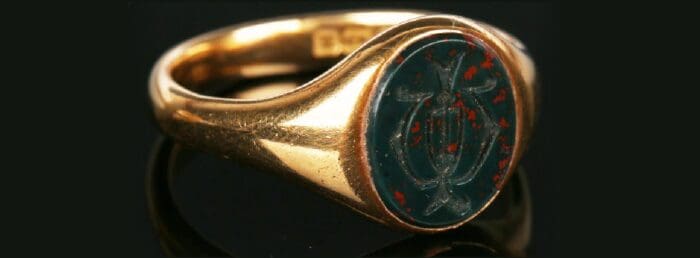
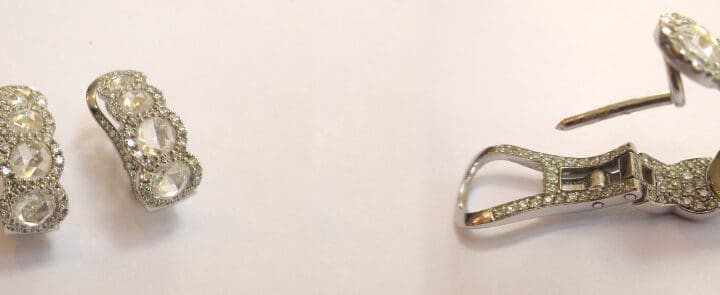









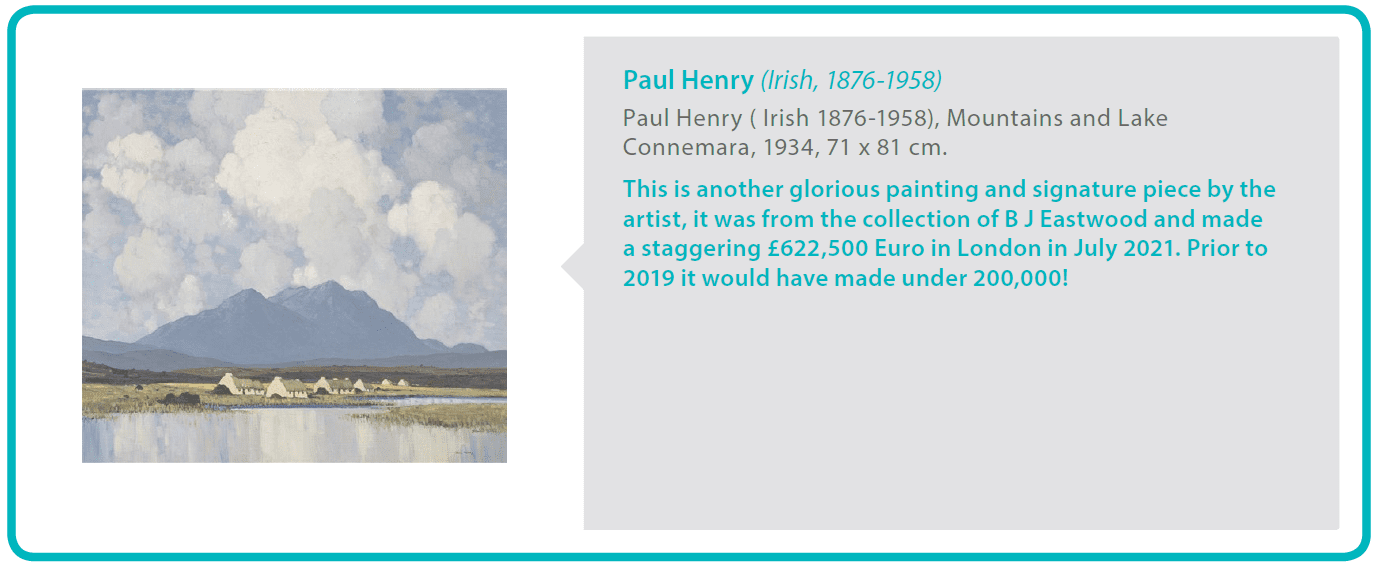

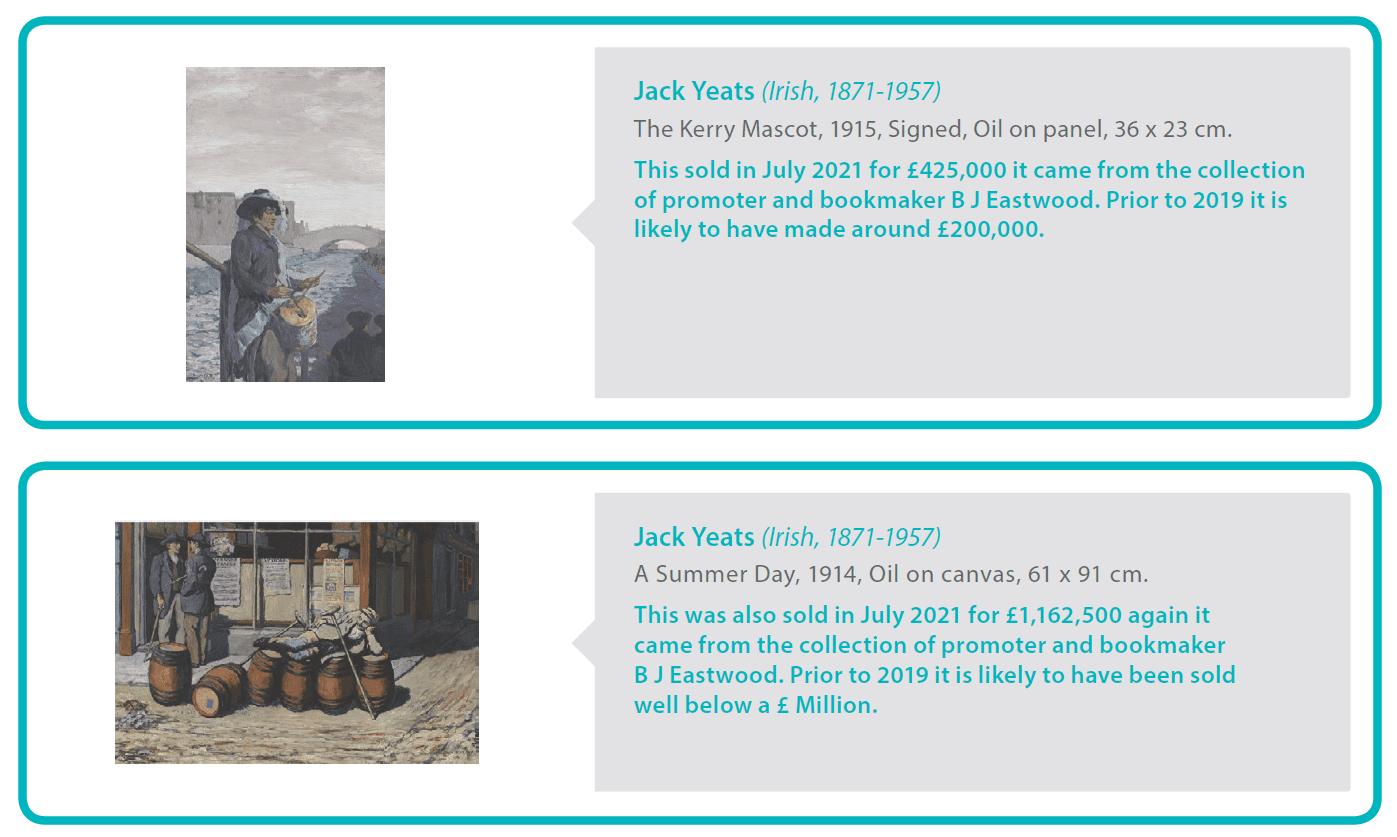
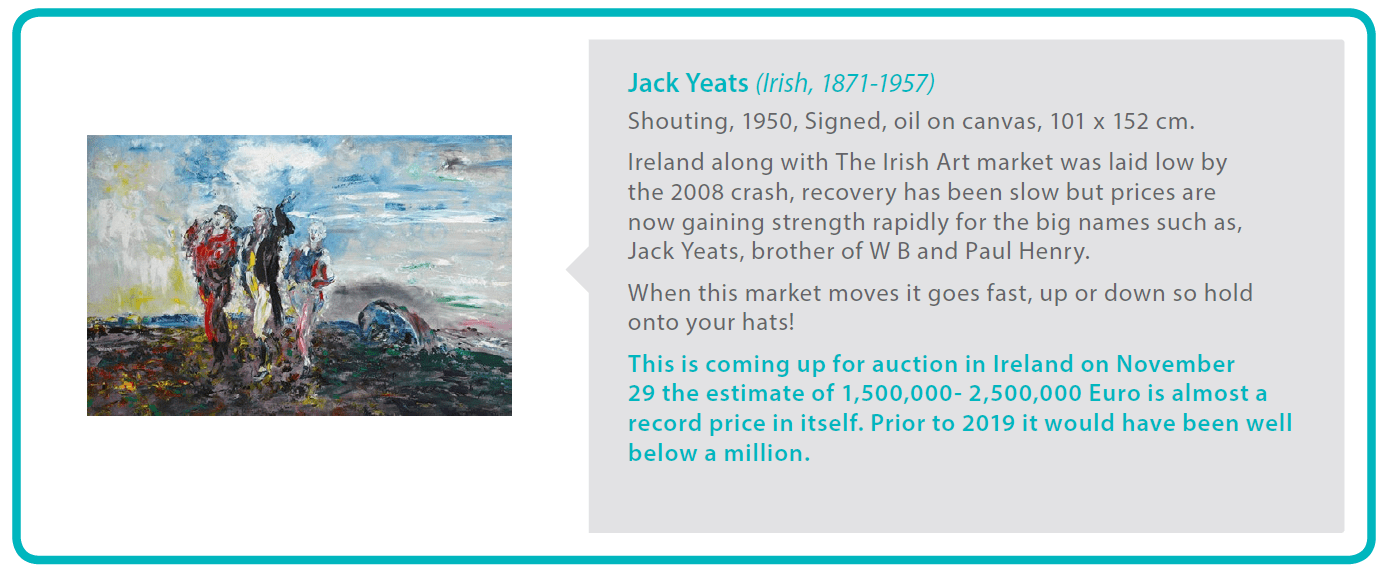






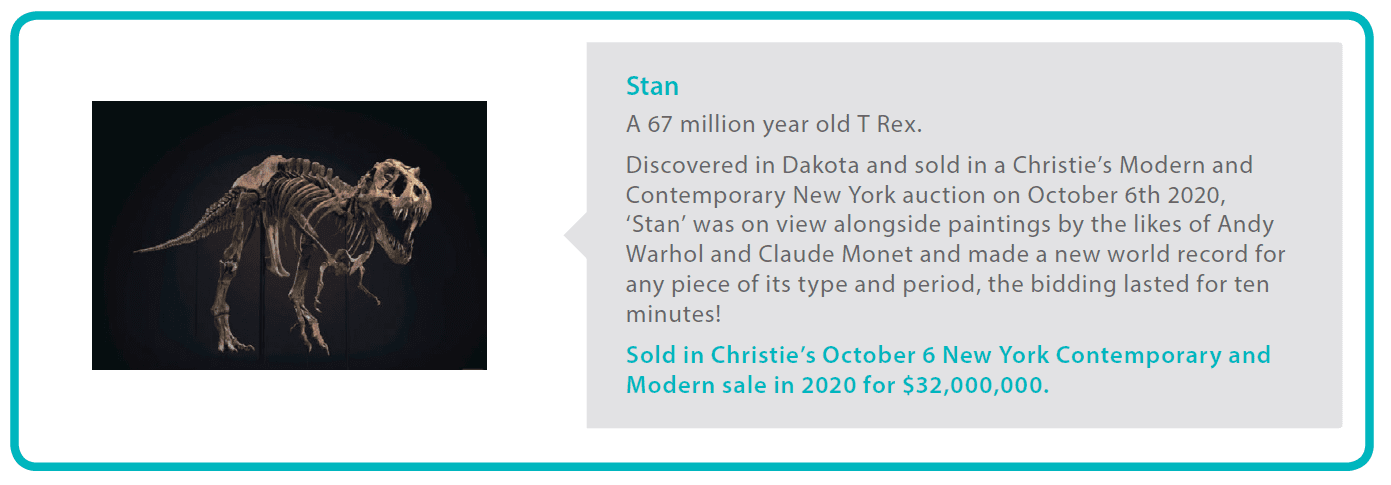
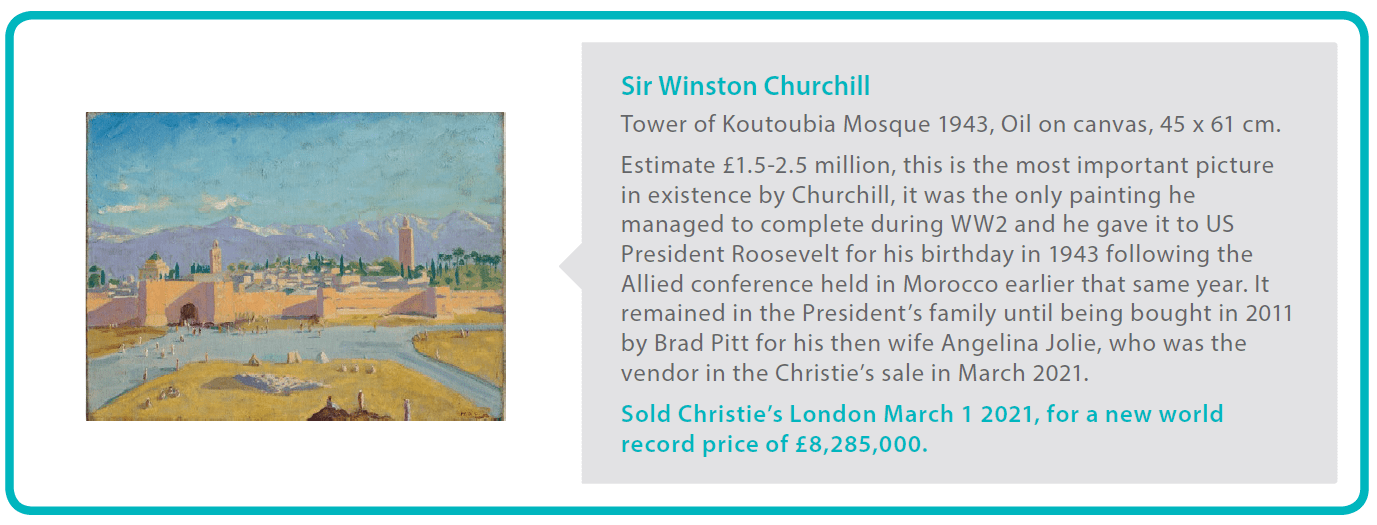


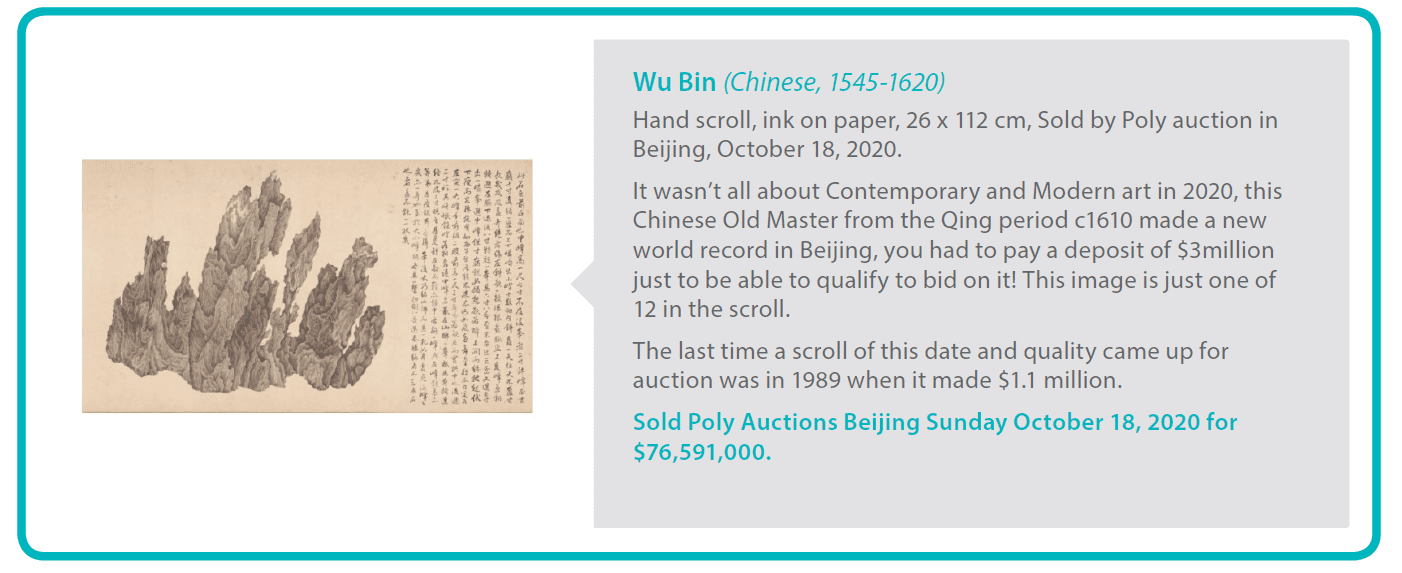


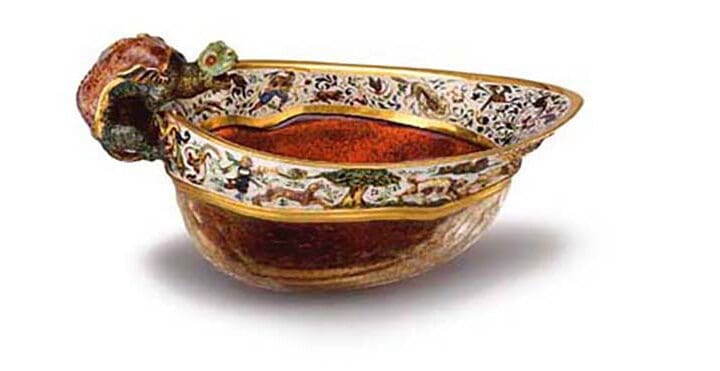

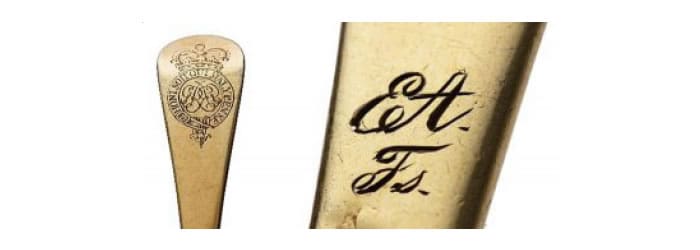


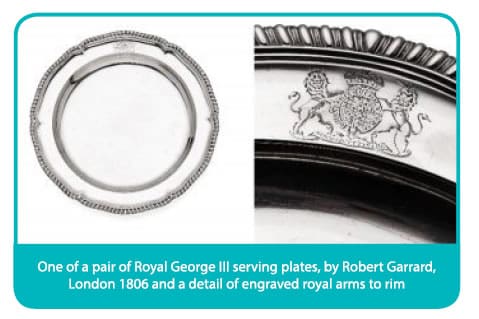




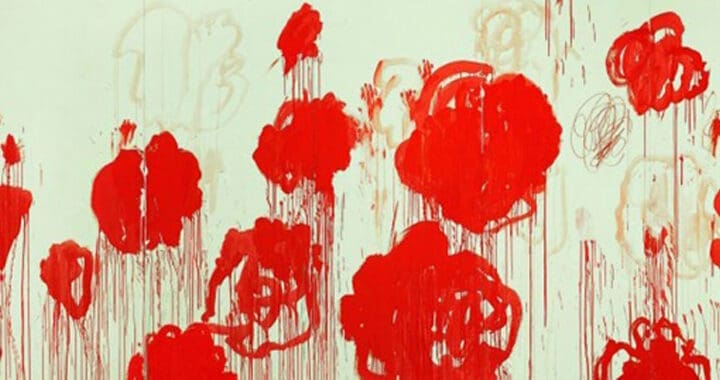







 In 1974 I worked for Alex Postan Fine Art and was entrusted with getting publicity for the show of etchings, which included watercolours and acrylics as well as prints. It was the easiest job I have ever had. Marina Vaizey wrote a half page review of it in The Telegraph, Bill Packer, a half page in the Financial Times and it was in the list of the 10 best things to do this Christmas in London in the Daily Express. Rod Stewart came to the private view. Oxtoby went on to exhibit with the Redfern Gallery in Cork Street in the 70s where the private views would sell out. Elton John bought Oxtoby’s canvases in vast numbers, for prices that were somewhere between Hockney and Picasso. He is still with the Redfern.
In 1974 I worked for Alex Postan Fine Art and was entrusted with getting publicity for the show of etchings, which included watercolours and acrylics as well as prints. It was the easiest job I have ever had. Marina Vaizey wrote a half page review of it in The Telegraph, Bill Packer, a half page in the Financial Times and it was in the list of the 10 best things to do this Christmas in London in the Daily Express. Rod Stewart came to the private view. Oxtoby went on to exhibit with the Redfern Gallery in Cork Street in the 70s where the private views would sell out. Elton John bought Oxtoby’s canvases in vast numbers, for prices that were somewhere between Hockney and Picasso. He is still with the Redfern.





